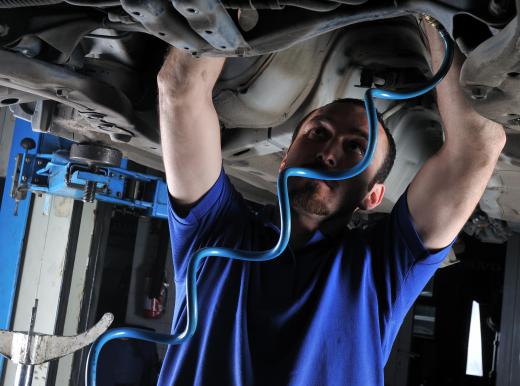You must examine several aspects of a hoist machine if you want to choose the best one for your use. Lift capacity, length of chain/cable and ease of operation are some of the key features to focus on when attempting to choose a quality hoist machine. Other factors which you may choose to examine are the motor amperage rating, case design and hook size. Motor power supply is a concern with most buyers, and two of the most popular options are the electric and the air-powered hoist machine. Features such as braking systems, spur gears and trolley capability should all be examined before you make a decision on any hoist.
A hoist machine is a device used to raise and lower loads in a shop or garage environment. The typical hoist machine can be powered or hand-operated. When attempting to choose the best hoist for your particular application, the operational style of the hoist should be a major concern to you. While a winch is often used to raise materials up in the air, the hoist machine is different in that it can travel on a trolley system. This allows the hoist to be used throughout a shop and even outdoors, if enough trolley track is provided.

Finding a hoist machine equipped with a ratchet and pawl locking system will provide a safety feature that might save an expensive replacement cost should the hoist give way and allow the load to come crashing down. When searching for a heavy-duty hoist, you may choose to settle on a hoist equipped with a braking system. The band brake is the most common style of brake used on larger hoists and can often save an overloaded or weakened hoist from dropping a load. You will also have the option of either a worm style gear drive or a spur gear, which is commonly used in severe duty applications.
For the occasionally-used hoist, a manual operating hoist may serve your needs. For more frequently-used applications, an electric or air-powered hoist may be chosen to save time and man hours. It also can provide an easy-to-use system for a variety of users, from the smallest to the largest workers.
You may find that a hoist machine equipped with a drop-down controller is suitable for all of your lifting needs, or you might wish to select a wireless remote-controlled unit that can be activated from a variety of locations and positions within the building. If your budget affords it, you may find it wise to choose a hoist machine slightly larger than is actually required. This will allow you to expand your lifting capabilities in the future.
